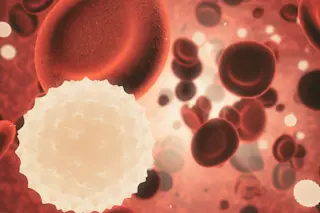Your mom always told you that it's the thought that counts. And when it comes to pain, scientists appear to have shown that intentions really do matter. Harvard researchers report that people experience more pain if they perceive that the pain is intentionally inflicted. "When someone steps on your toe on purpose, it seems to hurt more than when the person does the same thing unintentionally. The physical parameters of the harm may not differ—your toe is flattened in both cases—but the psychological experience of pain is changed nonetheless," the researchers report in Psychological Science [pdf]. The researchers enrolled 43 participants in a study in which they were each paired with partner. Little did they know that the partner was actually a researcher running the study. The participant was hooked up to a machine and told that the partner, located in a separate room, would control whether or not to ...
Why a Punch Hurts More If Your Attacker Really Meant It
Discover how intentional pain experience alters our perception of pain, highlighting the psychological context behind pain.
ByNina Bai
More on Discover
Stay Curious
SubscribeTo The Magazine
Save up to 40% off the cover price when you subscribe to Discover magazine.
Subscribe












